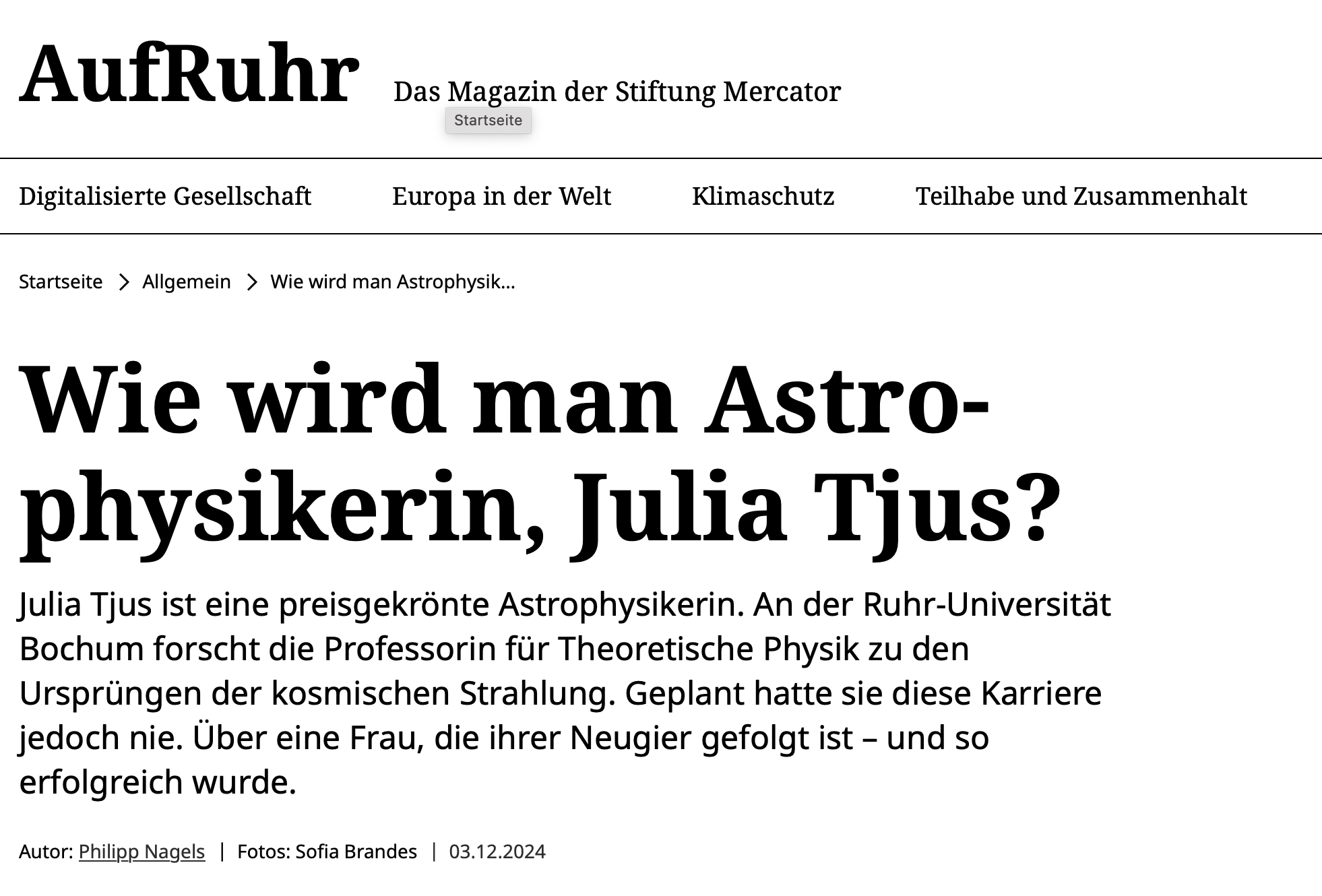
06.12.2024
Our speaker Julia Tjus was recently interviewed for the magazine “Aufruhr” by the Mercator Foundation.
She had the opportunity to talk about her research, with a particular focus on cosmic rays. Furthermore, she had the chance to share insights about her scientific career and provided helpful tips for young scientists.
The full interview (in German) can be found here.
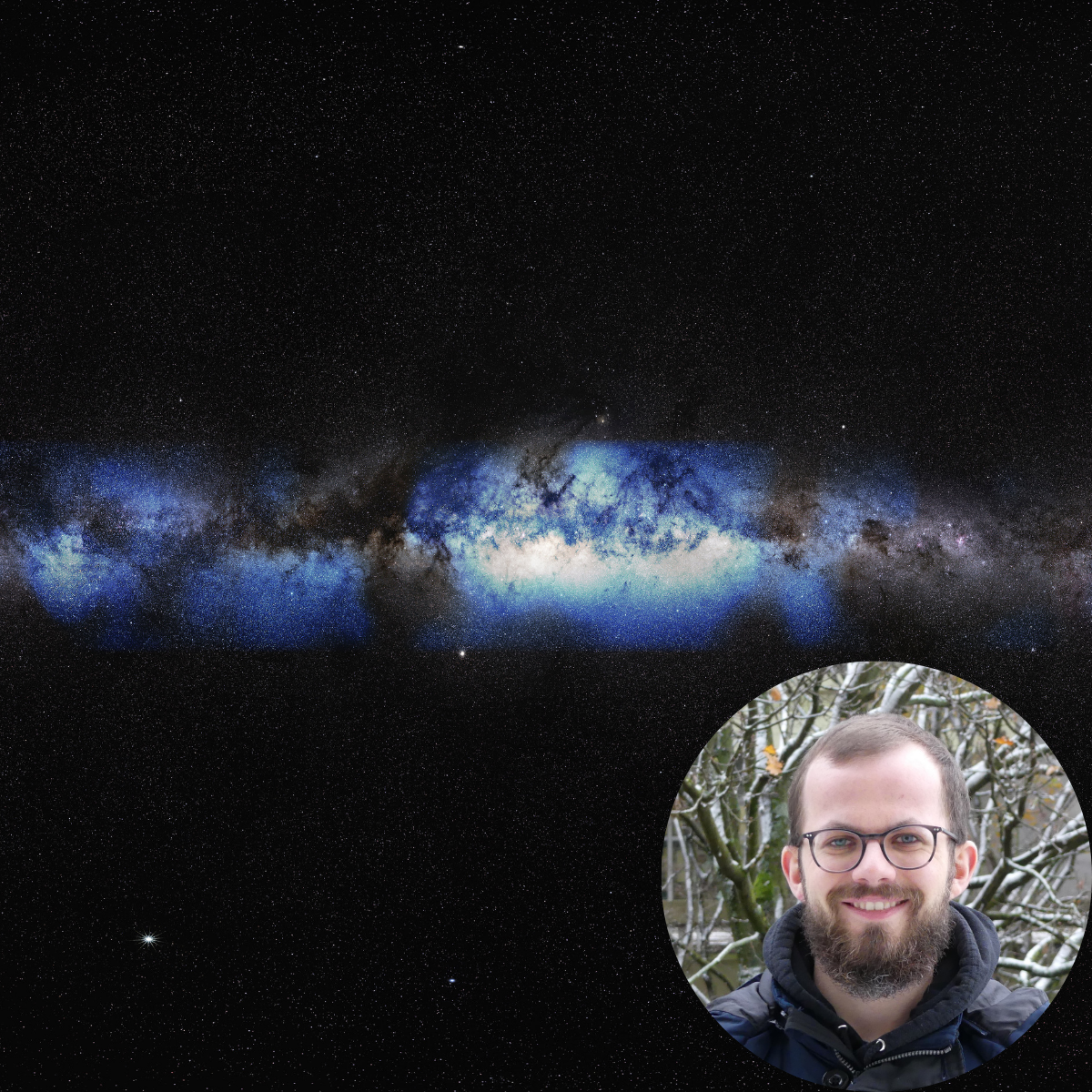
04.12.2024
We are pleased to invite you to the public lecture “Neutrinos: Unsichtbare Boten aus dem Kosmos " (in German).
Jonas Hellrung takes you on a journey to an extraordinary observatory at the South Pole, designed to detect neutrinos — ghostly particles that interact with matter only on the rarest of occasions and are therefore extremely difficult to capture. You will learn how scientists, including some from the Ruhr region, succeeded in creating the very first ‘photo’ of the Milky Way in neutrinos, and what this remarkable image reveals to us.
When 11.12.24 at 20:00
Where Planetarium Bochum
For registration and further information, please have a look at the Planetarium’s homepage.
Picture:
The distribution of neutrinos (shown in blue) in the Milky Way
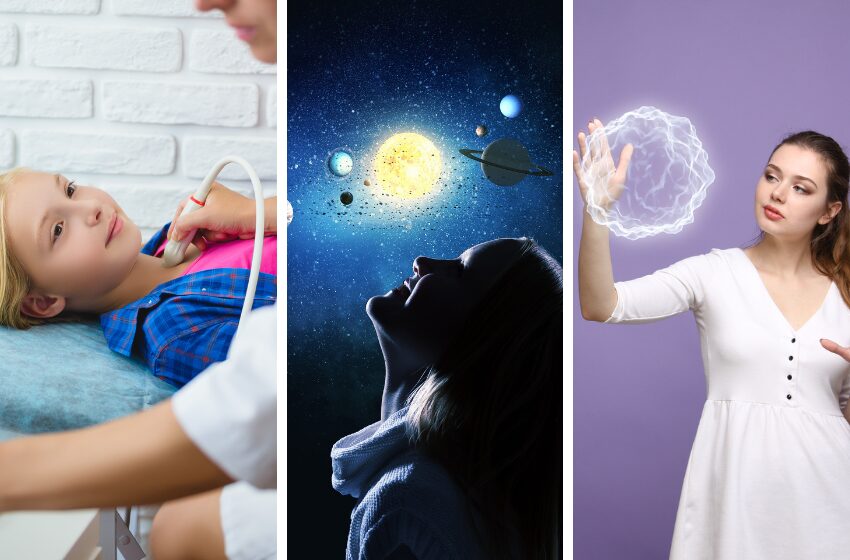
07.11.2024
SFB1491 was a partner once again for the Student Project Week at the Faculty of Physics and Astronomy of RUB in October 2024!
By that, we are contributing to the effort of inspiring and engaging young people with the fascinating world of physics through hands-on experiences.
The kids experienced an exciting week investigating a broad range of physical effects, from gold coating with plasmas and uncovering the true colors of stars, to learning how ultrasound and X-rays help us see inside the human body.
More information on the program can be found here.
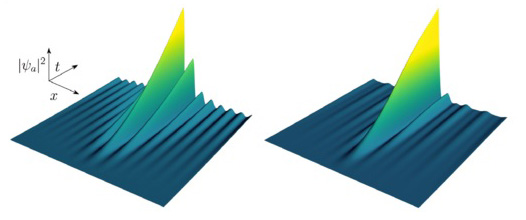
28.10.2024
Our scientist Rainer Grauer was involved in the development of a new approach to describe turbulence mathematically, together with his student Sumeja Bureković and long-term collaborator Tobias Schäfer (City University of New York).
In particular, irregular fluctuations, so-called intermittency, which cannot be described with a normal Gaussian distribution, are addressed.
They developed an approach using instantons - represent the probabilities of turbulence as a spatio-temporal path integral. This method allows for the first time to describe and calculate isolated and localized fluctuations, which is a major step in solving one of the big open questions in classical physics.
The full publication can be found here:
S. Bureković, T. Schäfer, R. Grauer
„Instantons, Fluctuations, and Singularities in the Supercritical Stochastic Nonlinear Schrödinger Equation“
See also the news article on our faculty’s webpage
here
Image:
Instantones with smaller and larger localized fluctuation.
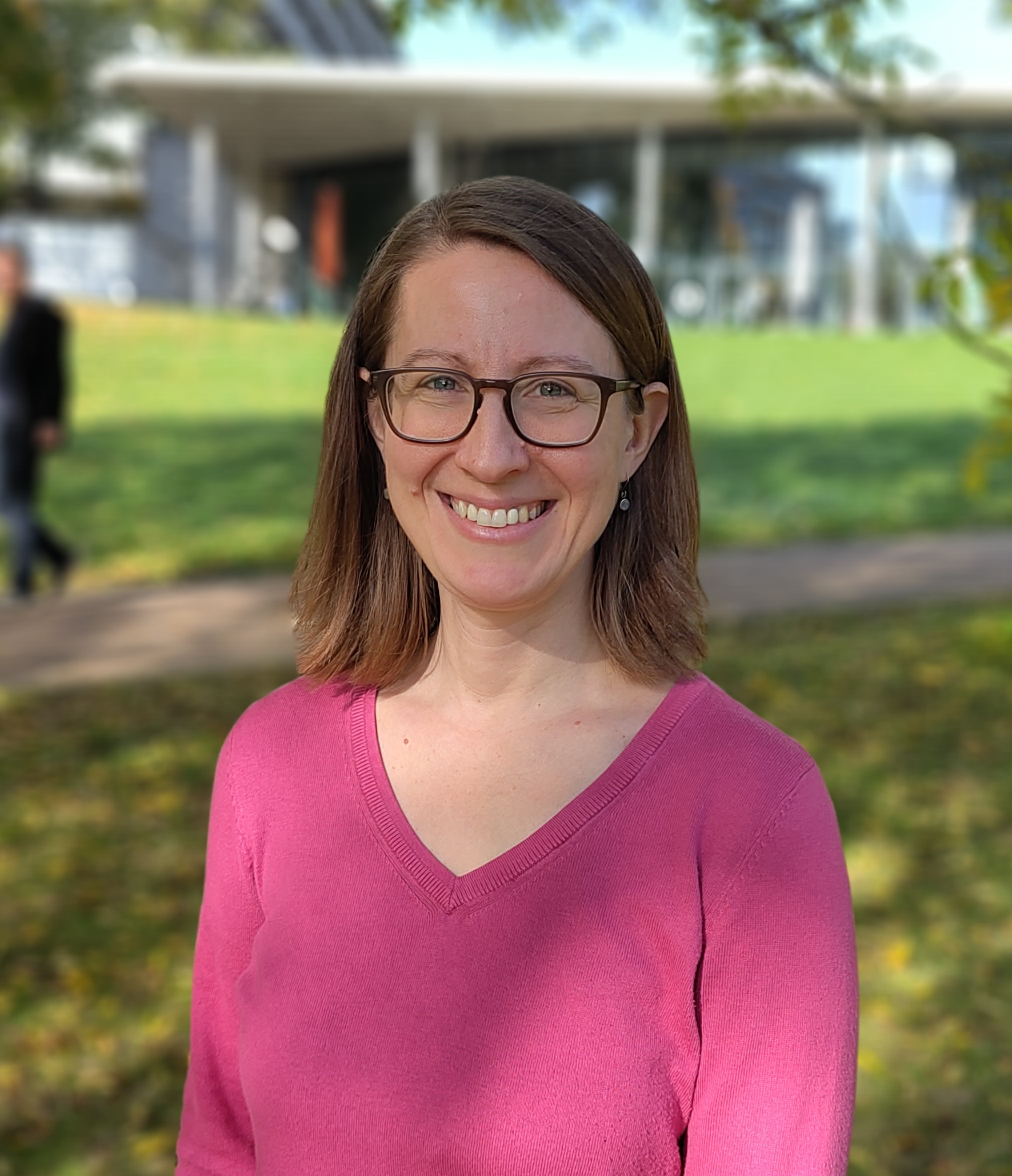
24.10.2024
We are delighted that Dr. Elisa Pueschel (AIRUB) has joined our CRC as a new PI!
Elisa's research focuses on very-high-energy gamma-ray astronomy, including gamma-ray cosmology, blazar science, and the search for astrophysical dark matter. She is particularly interested in heavy dark matter above 100 TeV. She will use current and future generation gamma-ray instruments - including the Dark100 array, which her group focuses on - to probe this interesting dark matter phase space.